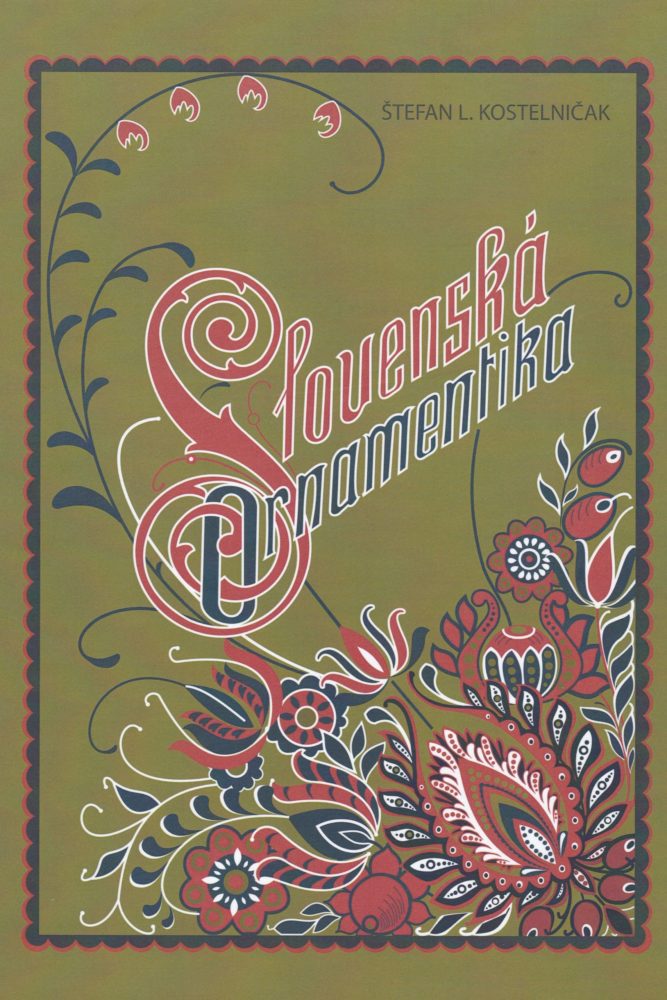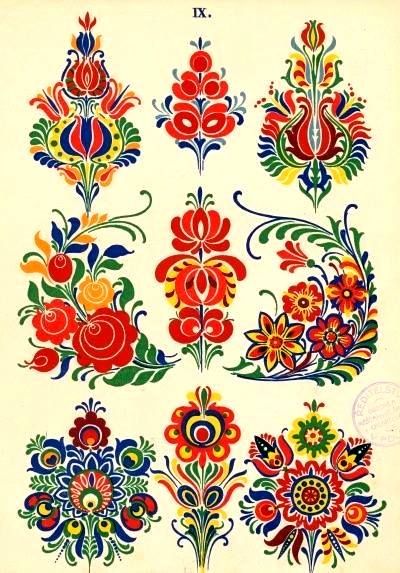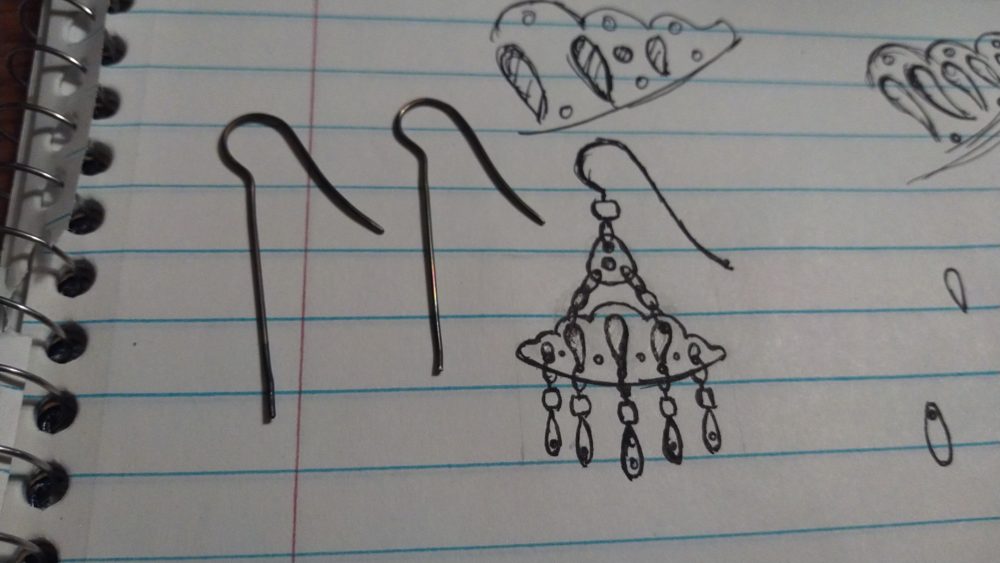I drew inspiration from Central European folk ornamentation for my upcycle project. The reason, oddly enough, was loneliness.
My family is from Slovakia. Growing up, we ate Slovak foods and celebrated Vilija the night before Christmas. I’m third generation and never went to Slovak school like my mother and grandmother. I only know a few words in Slovak (mostly foods) and until recently, knew next to nothing about the actual country. For me, Slovak was just the thing my family was and the stories they told me.
In 2020 I moved away from home and suddenly I felt very cut off from my family. I didn’t get to have any of my aunts’ delicious food that year at the family reunion, and my grandmother didn’t bless me with a honey cross on Vilija. I was 800 miles and a mountain range away from home and all I had were the memories and recipes my family had given me.
That year I began to learn more about Slovakia. I researched foods, history, and eventually, art. One year while looking for patterns to paint on Easter eggs I stumbled upon pictures of painted furniture from Romania. I dug deeper and learned that ornamentation was a thriving folk art across Central Europe for centuries.
During the Arts and crafts movement and Art Nouveau, folk art saw renewed national (and even international) interest in Central Europe. Dušan Jurkovič (“The poet of timber”) incorporated elements of folk architecture with Art Nouveau. Štefan L. Kostelničák traveled around Central Europe studying ornamentation and even opened a studio where he and other artists produced ornamented pottery. The studio held exhibitions in Europe, the US, and even India selling their work. During the rise of the Soviet Union and WWII, interest in folk art declined.
I recently read a book about Štefan L. Kostelničák’s work, which has inspired me to start learning ornamentation myself. I’m drawn to its vivid colors, natural, stylized forms, and its use of symmetry and geometric repetition.

The original Slovenská Ornamentika by Štefan L. Kostelničák
According to Kostelničák, there are 5 types of ornaments. Natural, semi-natural, abstract, fantastic, and geometric. Natural ornaments are depictions of plants or animals that should be stylized but easily recognizable. Abstract ornaments are invented forms that bear no resemblance to natural ones, while fantastic ornaments are also invented but may resemble natural forms. Geometric ornaments are shapes. They are often used as a layout tool for other ornaments but sometimes feature more prominently in designs. He doesn’t seem to give a definition for semi-natural ornaments anywhere in the book.
Also according to Kostelničák, good ornamentation should have contrast, variety, rhythm, symmetry, good proportion/spacing, and emotional richness!

Examples of ornamentation from Slovenská Ornamentika
My design is rather simple, but I tried to account for all of these requirements in it. Though most Slovak ornamentation depicts flora and fauna, I thought it could be interesting to explore other natural elements as well. I love dangly earrings and liked the idea of a cloud shedding raindrop pendants.

My Initial Design for the earrings
Sources:
Anna Kostelničáková. Slovenská Ornamentika. Nitrava, 2020.
“Dušan Jurkovič.” In Wikipédia, January 1, 2023. https://sk.wikipedia.org/w/index.php?title=Du%C5%A1an_Jurkovi%C4%8D&oldid=7515892.
Image Sources:
Anna Kostelničáková. Slovenská Ornamentika. Nitrava, 2020.

2 Comments. Leave new
This looks wonderful! I love the designs and connecting them back to your identity, it makes the project feel very personal and important to you. I was wondering what sort of material you planned on using?
Thanks, Lily! It definitely is personal and important to me! I’ve actually started making the earrings already. I’m using thin scrap steel for the shapes/pendants, annealed sewing pins for the chain/loops (the loops in the picture were made from safety pins!) and copper wire for the beads.